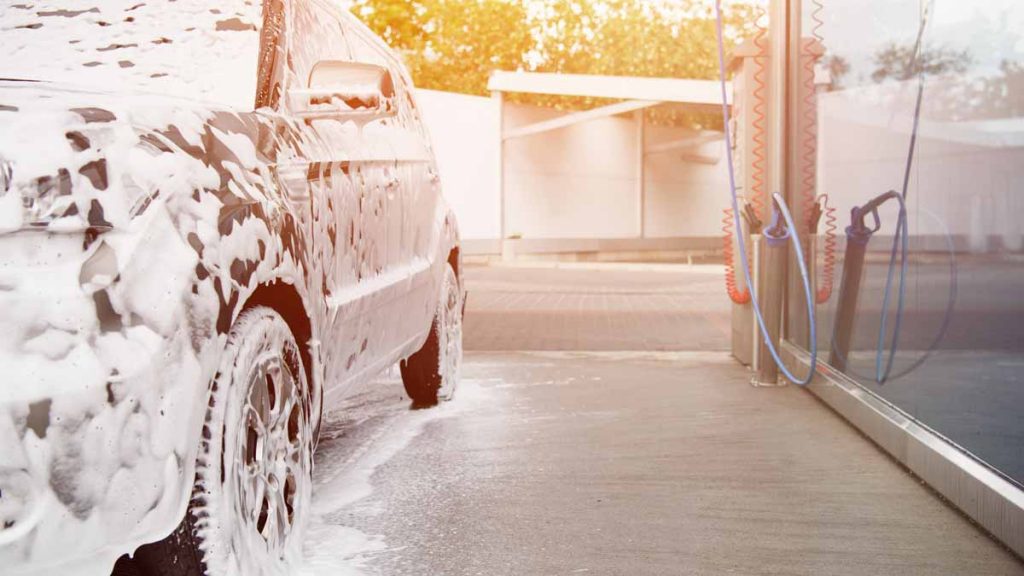When it comes to car care, one topic that often sparks debate is the use of wax. Some swear by its ability to protect and enhance the appearance of their vehicles, while others question its necessity and potential drawbacks. In this article, we will delve into the pros and cons of using wax on cars, providing you with a comprehensive understanding of whether wax is good or bad for your beloved vehicle.
- The Benefits of Waxing:
1.1 Protection against Environmental Factors:
Wax acts as a shield, safeguarding your car's paintwork from harmful UV rays, acid rain, bird droppings, and other contaminants. It forms a barrier that prevents these elements from directly damaging the paint, reducing the risk of fading, corrosion, and etching.
1.2 Enhanced Aesthetics:
Applying wax can give your car a glossy, mirror-like finish, enhancing its overall appearance. The wax fills in minor scratches and swirl marks, creating a smooth surface that reflects light, making your vehicle look brand new.
1.3 Longevity of Paintwork:
By forming a protective layer, wax helps to extend the lifespan of your car's paint. It acts as a sacrificial layer, absorbing minor abrasions and preventing them from reaching the underlying paint. This can help maintain the resale value of your vehicle in the long run.
- Potential Drawbacks of Waxing:
2.1 Time-Consuming Application:
Waxing a car properly requires time and effort. It involves thorough cleaning, drying, and careful application of the wax. For some, this meticulous process can be seen as a drawback, especially for those with busy schedules.
2.2 Limited Durability:
While wax provides temporary protection, its effectiveness diminishes over time. Exposure to harsh weather conditions, frequent washing, and regular driving can gradually wear away the wax layer. As a result, frequent reapplication is necessary to maintain optimal protection.
2.3 Difficulty in Removal:
Removing old wax can be a challenging task, especially if it has been left on the car for an extended period. Residue and buildup can accumulate, requiring the use of specialized products or professional assistance to ensure a thorough removal.
Conclusion:
In the debate of whether wax is good or bad for cars, it is evident that wax offers numerous benefits in terms of protection, aesthetics, and longevity of paintwork. However, it also comes with drawbacks such as time-consuming application, limited durability, and difficulty in removal. Ultimately, the decision to wax your car depends on your personal preferences, available time, and commitment to regular maintenance. Regardless, it is crucial to choose high-quality wax products and follow proper application techniques to maximize the benefits and minimize the drawbacks.
About Author
You may also like
-
Best Solar Panel Batteries for Home Use in 2025
-
The Role of Combining DC Fast Chargers and Energy Storage Systems in Building Efficient Charging Networks
-
Why LiFePO4 Cylindrical Cells Are Ideal for Power Tools
-
Why Is Functional TiO₂ Becoming Essential in Modern Industries
-
How to Choose the Perfect Auto Fast Charger for Your Car & Devices

